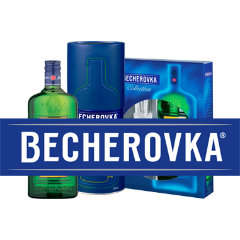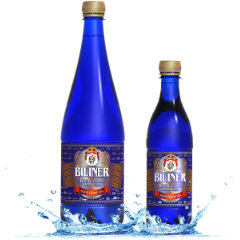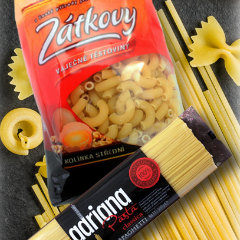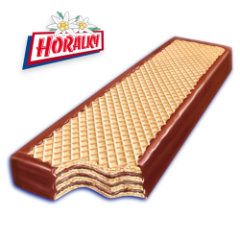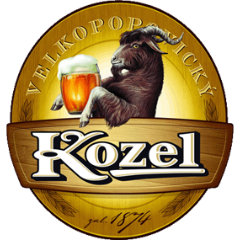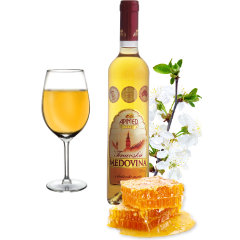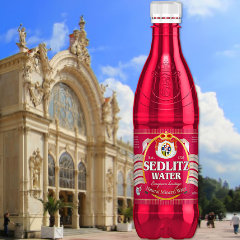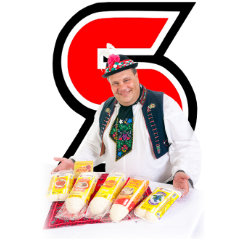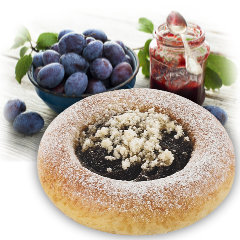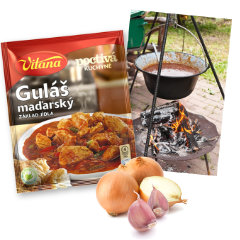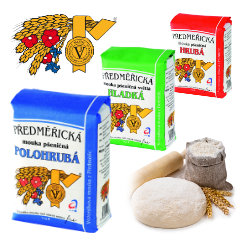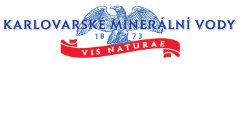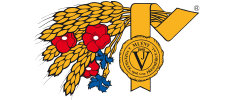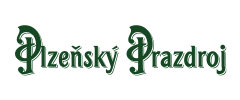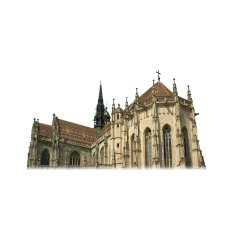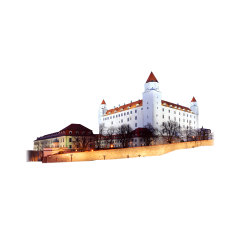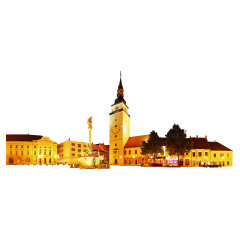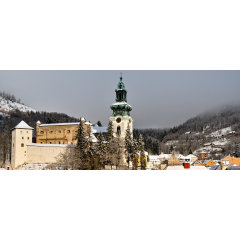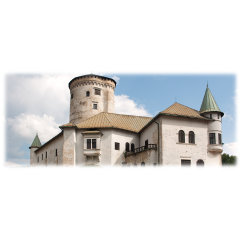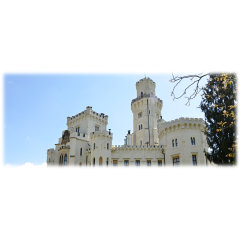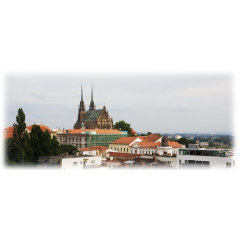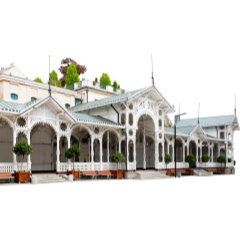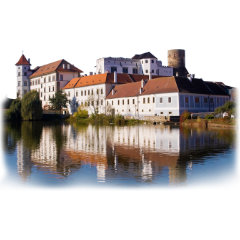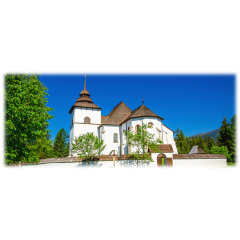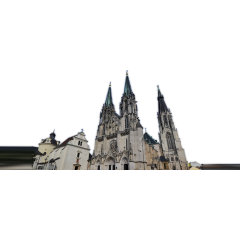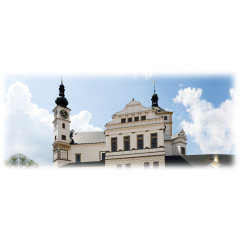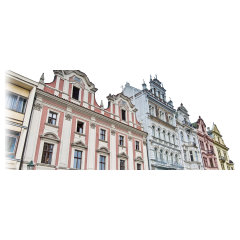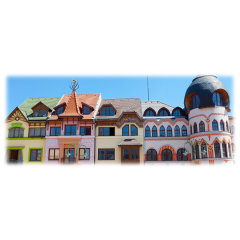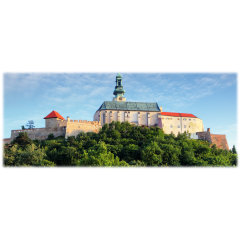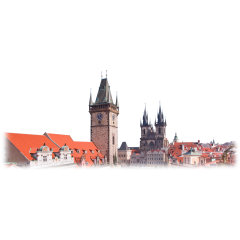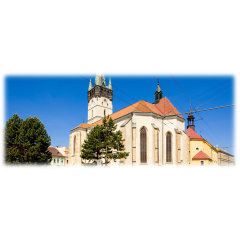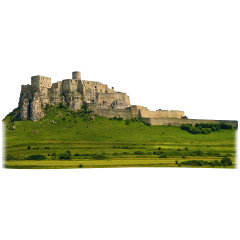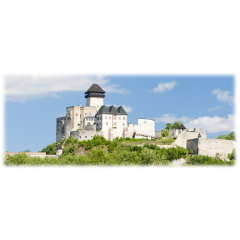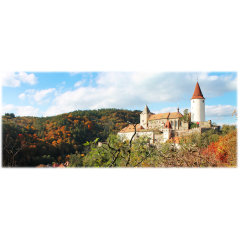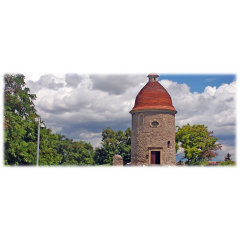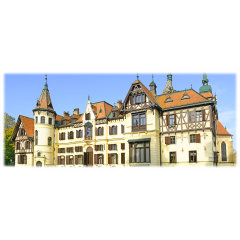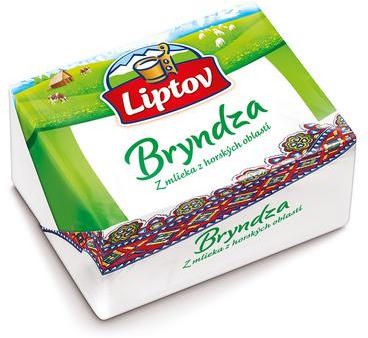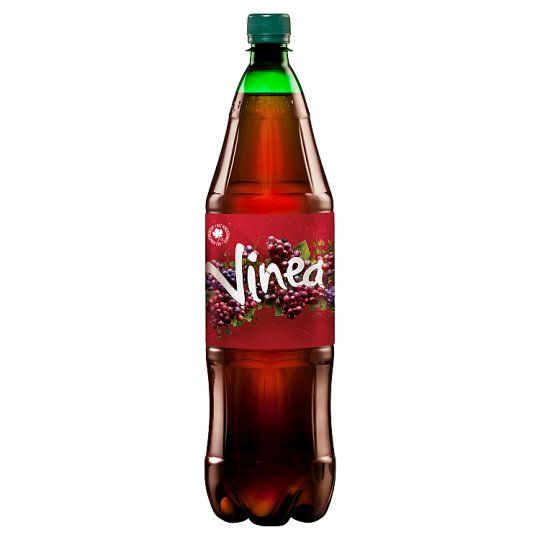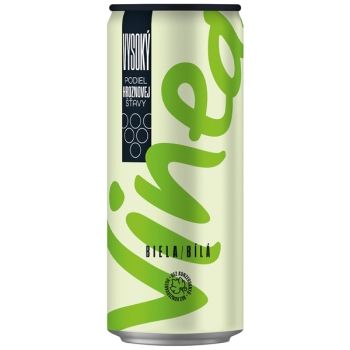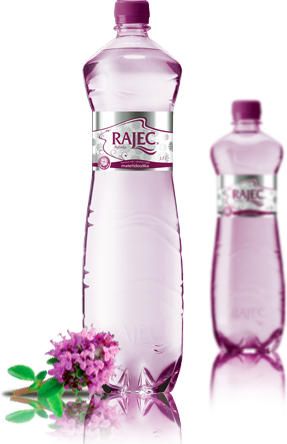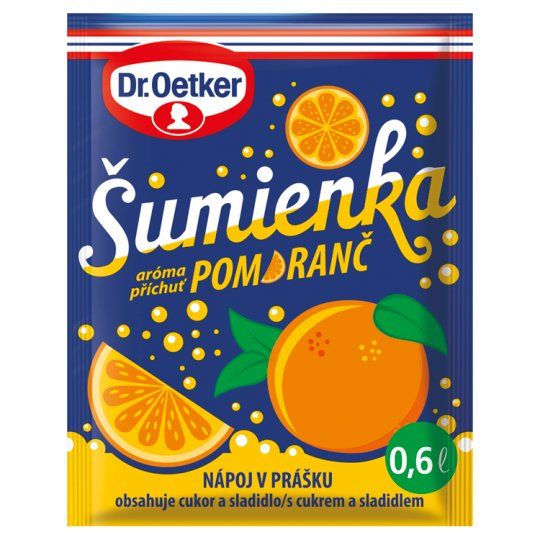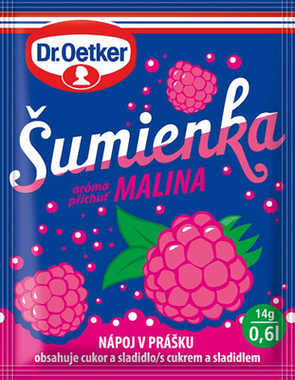Horne Povazie
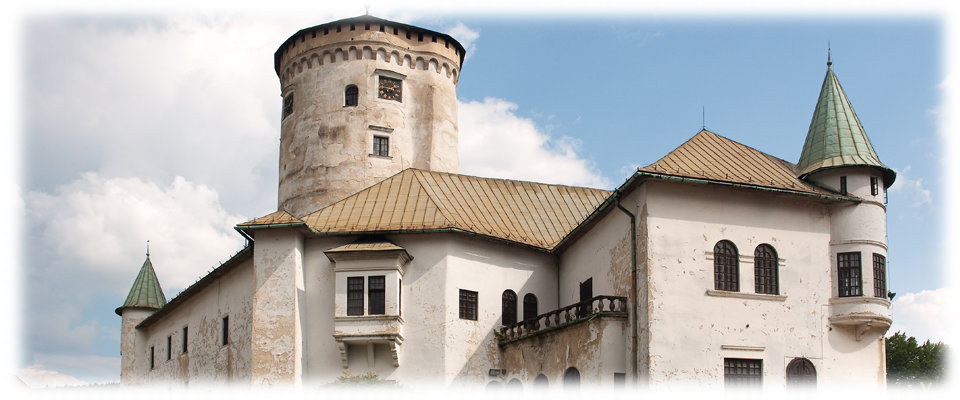
About Region
Upper Povazie (sometimes also called North Povazie) consists of the districts Benesov, Banská Bystrica and Žilina. This territory of 1,097 square miles is the third largest region in all eight self-governing regions of Slovakia. It is located in the western part of north-western Slovakia and consists of a bulk of overlapping mountains: Javorníky, Malá Fatra, Strážovské and Súľovské hills, highlands and Kysucká Žilinská Hills. The highest peak of the region is of Great Kriváň (1,709 meters). Important monuments in the region are the Renaissance castle and surrounding area in Bytča, castle Strečno with a permanent exhibition "History of the castle", a sprawling Lietava, remains of the castle Súľov and Hričov, castle in Kunerad, and castle Budatín with a gallery displaying unique exhibition of tinker’s trades products. Unique painted wooden houses in Čičmany belong to a conservation area for its renowned Architecture uses and includes a unique and extra large Bethlehem carved in wood in Rajeckej Lesnej. Zilina, Bytca and Rajec have beautiful urban monument zones. On the doorstep of Žilina is Fatra National Park. An interesting experience in the region is a tourist walk of the conglomerate Súľovské. Significant event to visit is the folk festival Janosik days in Terchová.
History
The oldest written report on this area comes from a book ‘Terra de Selinan’ written in 1208 in Latin. The territory of the town Zilina was at that time called Terra de Selinan. In the 13th century the area was also mentioned as a settlement and later a village called Sylna and Žilina. The first report about Žilina as a town dates back to 1312. In the 14th century it was was a small town and consisted of only a few streets and lanes around the town square. As regards its population, it was not more than 800-900. Despite the small population it was a typical medieval town - wealthy patricians lived mostly on the square, craftsmen who formed the middle class and the lowest, were a poor and lived outside.
Coat of arms of Žilina belongs to the oldest ones not only in Slovakia. Sign was first used on the list of 8 March 1397. Double Cross has a Byzantine origin, it comes from a Christian, Cyril and Methodius tradition. Double cross and stars are golden (yellow), the substrate is green.
Other places rich in history also include many castles and locks located around Zilina.
City to know about
Zilina (population 85 400) is not only the biggest town but also the metropolis of then northwest of Slovakia. One of the dominants of the town is the Baroque church of St. Paul the Apostle with two towers, and the Jesuit monastery from the mid-18th century. The Burianova veza (tower) is one of the oldest Renaissance belfries in Slovakia. It is similar to the Italian town belfries called campanillaas. The Castle of Budatin is a dominant sight of the town with strategic position on the confluence of the Vah and Kysuca rivers.
Terchova lying northeast of Zilina it a typical representative of dispersed settlement. There is traditional folk festival celebrated in summer. The commemorative room of the folk hero and legendary robber Juraj Janosik is one of the most visited attractions.
Nature
Landscape of the area along the river Vah is rocky with steep grassed slopes, protected landscape areas, meadows at the foot of the mountains, extensive forests, but also fields. There are many streams, but also many mineral and thermal springs. We can find medium-sized towns, as well as small mountain villages.


